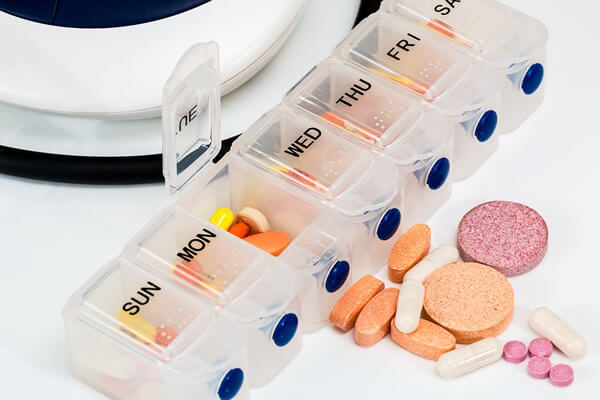
Alternatives to High Priced Health Insurance
Most Americans are struggling to afford health insurance. In just the past few years, the cost of buying health insurance for your family has skyrocketed. I was talking with an insurance agent recently, who told me it’s not unusual at all for his clients to be paying $1,000 to $1,400 per month for their family to be covered.
I don’t know many people who can easily afford those kinds of monthly insurance payments. Most who are paying them are making major sacrifices in other areas. The vast majority of Americans put health coverage very high on their list of priorities, so the other things that get left behind might surprise you. No question, the quality of life is far lower for many people now that they pay so much to be insured.
Meanwhile, many employers are cutting back their employees’ insurance coverage. Professions that once paid all their employees’ health insurance premiums — like teachers and firefighters — are finding the employee footing the bill for larger and larger portions of their insurance.
How are people coping? Many Americans simply don’t have health insurance anymore. That’s a big problem not only for families, who often put off going to the doctor, but also for society in general. People who hesitate buying medicine or seeing a doctor often end up very sick in hospital emergency rooms.
Others are simply reducing the amount of health insurance they have. They pay a larger portion of their doctor visits and prescription medicine costs. If you are a young adult, it may not make a lot of sense to pay huge insurance premiums to be covered for major illnesses that you are very unlikely to experience.
There are a growing number of health insurance plans that let you pick and choose the areas of coverage you want to pay for. While this practice was prohibited in many states, more and more places are seeing the wisdom and necessity of this approach.
Even more pressing than the cost of health insurance is the cost of buying prescription medicines. Many people simply can’t afford the spiraling cost of the medicines they need. Others might insist, willingly lowering their standard of living just to afford overpriced medicine.
The solution to this problem increasingly has nothing to do with insurance. Organizations use their large pool of members to negotiate big discounts on prescription drugs at thousands of chain and independent pharmacies nationwide. Typically you can save up to 60% off generic drugs and up to 15% off name-brand drugs.
This is a big advantage for the elderly, families, businesses, organizations, and anyone who wants to lower their cost of medicine. Additionally, some programs also cover medicine for your pets. If you often care for an ill animal, this can save you a lot of money over time.
Unlike insurance, discount drug programs are often very low cost or free. Pharmacies participate in the discount programs to encourage you to buy from them. It’s a win-win for both you and the medical industry.
Susan Castrianni is founder of RxFreeCard.com. Get your FREE Discount Drug Card, then get big discounts for you and your pets at pharmacies everywhere! This is NOT insurance, but a welcome alternative to high premiums. Reach Susan at sue@rxfreecard.com.

